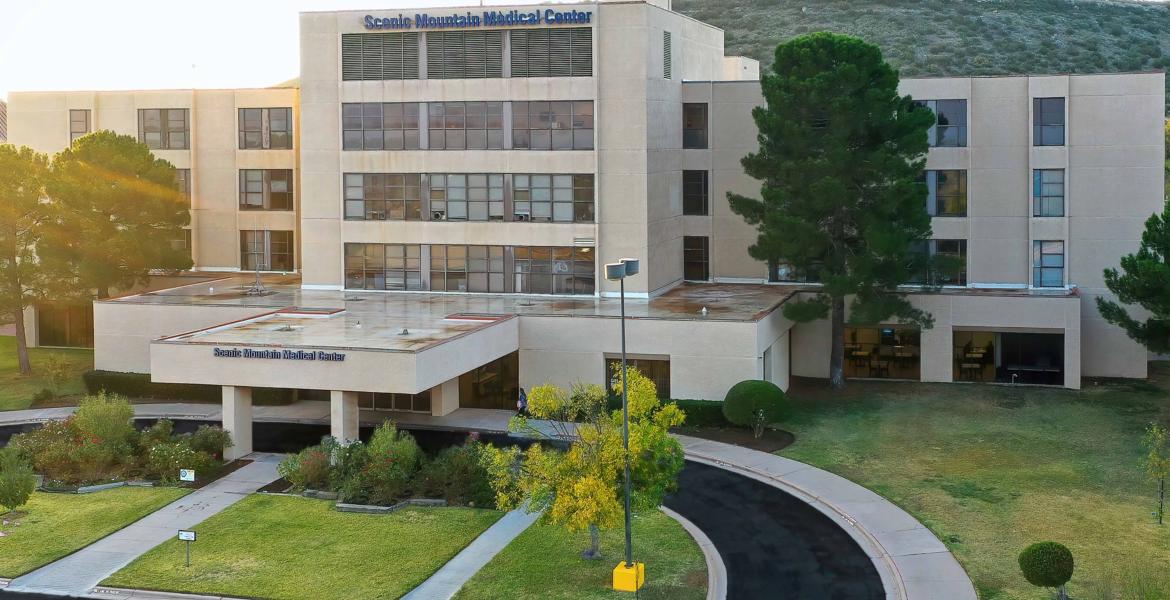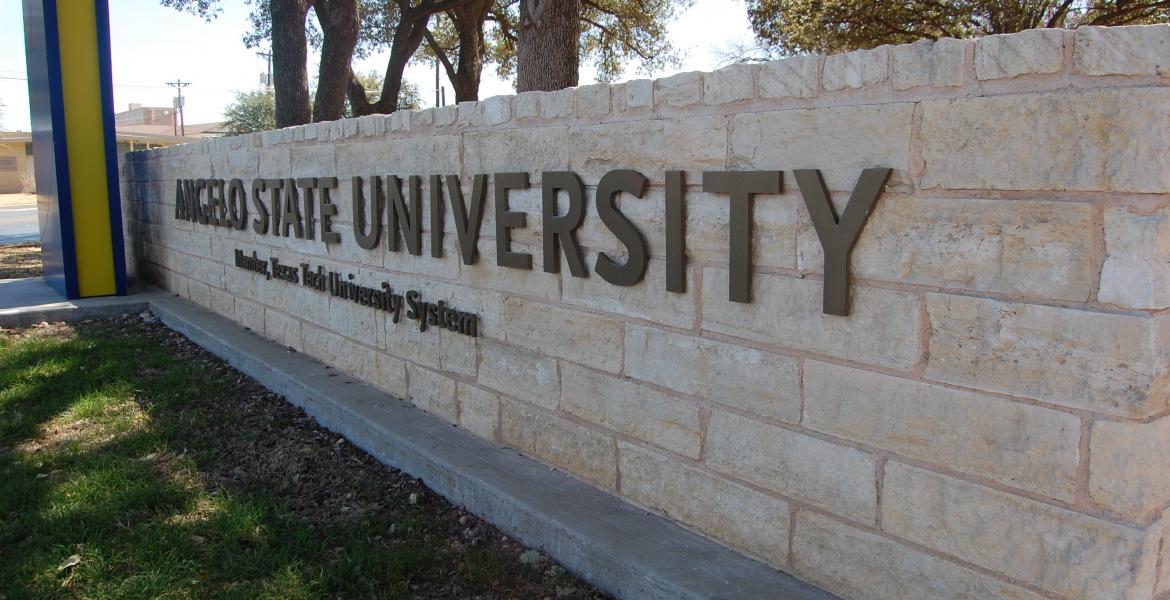SAN ANGELO, TX — While the City of Midland grapples with a water contamination crisis this week, here is a look at San Angelo’s water distribution system to see if our city has similar vulnerabilities.
The City of Midland was vague about the exact cause for issuing the notice, only detailing that, “the recent water main break in the supply line from our ground source water and issues at the water plant, the City of Midland is not able to treat the water to standard specification” in a press release.
There are two points of failure. The first is a break in the water pipe from Midland’s ground source water and the second are problems with the water treatment plant.
City of Midland water customers are asked to boil water until the issues are resolved.
The City of San Angelo water system could experience similar problems, however, San Angelo's water system has multiple redundancies. The primary water source, Lake O.H. Ivie between here and Brownwood, is piped into San Angelo. The last mile of that pipe is underneath E. Avenue J. Lake O.C. Fisher is another source with a similar pipeline from that reservoir to the treatment plant located at the end of E. Avenue J. If both Ivie and Fisher are down, the main water treatment plant can gather water directly from the Concho River just downstream of the old Lone Wolf Bridge and before that, Lake Nasworthy.
The original water sources for San Angelo are all surface water. In 2014, the City of San Angelo added a groundwater source by building a well field in McCulloch County were the City had already purchased underground water rights in the 1970s. In 2009, the City financed a $121 million water well field, pipeline, and second water treatment plant to harvest that groundwater. The additional treatment plant was required in order to eradicate small amounts of radium found in the Hickory water. In 2022, the City of San Angelo initiated a project to increase the pumping capacity by adding additional wells at what is known today as simply "the Hickory." Once complete, the Hickory capacity alone can serve the thirsty City of San Angelo water system with mild rationing on hot days. Without the upgrade, the Hickory system can still pump around eight million gallons per day. In fact, during the freeze in February 2021, it was groundwater from the Hickory that augmented the existing (though somewhat more frozen) surface water sources to restore San Angelo’s water system pressure faster than expected.
A fourth, though smaller, water source was procured in 2020. Through the West Texas Water Partnership, the Cities of Midland, Abilene, and San Angelo purchased water rights to the Edwards-Trinity Water Aquifer underneath Fort Stockton. This source is significant because it is this aquifer that also lies underneath Val Verde County and provides plentiful water to the Del Rio region at San Felipe and Fort Clark Springs. The City of San Angelo’s cost to pipeline that water here is $53 million.
What about the second point of failure in Midland, the issues at the Tall City’s water treatment plant?
San Angelo’s water treatment plant is over 100 years old, however. Although much of the plant’s equipment has been upgraded over the years, the plant remains somewhat of a liability. A new water treatment plant will cost the City in the neighborhood of $200 million or more with inflation. In 2015, the City considered a project to build a third water treatment plant that could cleanse and purify sewer water. The approximately $150 million project was killed because of costs and political pressure.
For financing water projects, the City can tap the State of Texas Water Development Board. The TWDB was given $2 billion from the Economic Stabilization Fund — often referred to as the Rainy Day Fund — to finance large water projects. The TWDB provides low-cost financing to municipalities like the City of San Angelo to enhance or increase the water supply. A modern water treatment plant could be financed cheaply with a TWDB loan. Indeed, the City went to the TWDB for a loan to pay for most of the Hickory expansion.
The City of San Angelo’s water system pumps anywhere between 10 million gallons per day on a given cold January day to 22 MGD on a given hot day in July.
For now, the 100-year-old water treatment plant is well maintained and keeps on working. However, taxpayers should always be wary that infrastructure over 100 years old will eventually become too expensive to service or impossible to maintain.
A reliable and plentiful water supply is paramount for economic growth and development.
Thursday's City of Midland boil notice was the first one issued in two decades Midland Mayor Patrick Payton said.
Subscribe to the LIVE! Daily
Required






Post a comment to this article here: